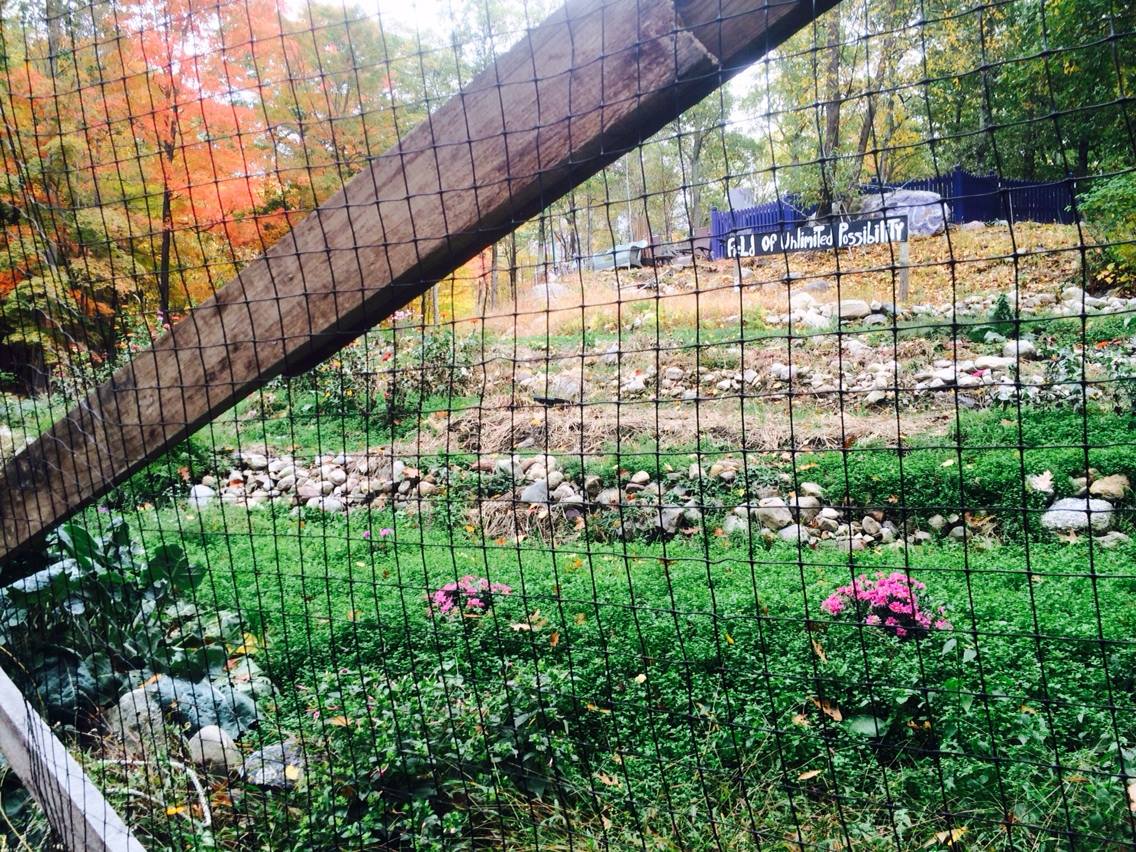Once I heard Evan and Linda’s passion about soil health and how it can guarantee an amazing garden that can produce nutrient dense food, I had hope fill my “sails” that this kind of food that my body craves was possible!
After watching Evan’s free webinar, “Solving the Soil Emergency” and then taking his “Bio-Energetic Agriculture: The Soil Doctor’s Key to a Bountiful Bottom Line” course, I began to dance with nature in a new way and not just sit on the sideline observing with my fingers crossed.
I realized that my intimate connection contributes to the outcome. BioEnergetic Agriculture is personal agriculture and our personal participation is part of what makes it all thrive or not! With this understanding I am having such a gratifying experience.
Nature has taken me by the hand, out onto the dance floor, to be guided and led into nature’s wise ways. Now I am flowing into new discoveries through nature’s seasons and the dance never ends!
I don’t know how else to explain the impact that his sharing had on me. I connected on a deep level to the truth of his knowledge and experience of working with the soil.
Though I have been in awe of and involved with nature my whole life and even had a major shift in understanding about how to be in relationship with nature through my permaculture training, my world took on yet another new dimension when I began to connect to the unseen realm of the soil.
Now I am learning how better to partner for the outcome of our mutual healing! Nurturing the soils needs will also meet my needs.
So here is an excerpt from an article that Evan shared recently, which reminds me that we don’t have to understand the facts to experience the reality of the web of life we are in.
“Throughout history, people’s explanations of life involved all kinds of wonderful stories and complex philosophies. Facts just weren’t really in the mix.
That began to change with the rise of science. Scientific momentum picked up sharply during the 16th and 17th centuries. As scholars scrambled to collect and categorize exotic beasts and botanical wonders, they dreamed of piecing together a full portrait of nature. Then, eyeglass lens-makers in the Netherlands assembled the first high-powered microscopes, and scientists looked closer at a few items that were right in front of them: soil, old bread and drops of muddy water. The world they had been trying to make sense of for so long suddenly seemed ten, a hundred, a thousand times more intricate, strange and beautiful — alive in more ways than anybody could have ever imagined.
The Microscopic World of Beneficial Microbes
We still define natural habitats primarily in terms of plants and animals, the two kingdoms of life we can see with unaided eyes. The greatest amount of biological activity and the largest diversity of species and genes, however, come from the other four kingdoms science now recognizes: bacteria, archaea (a less-studied division of life-forms formerly considered bacteria), protists (mostly single-celled algae and protozoans), and fungi. The vast majority of these members are microscopic in size. They cannot be seen with the naked eye, but we now know they permeate soils and suffuse waters. They drift en masse through air. They thrive not only on the surface of every plant and animal, but within them as well. From the upper reaches of the atmosphere to the bottom of the seas, down into the rock layers and outnumbering the stars in the known universe, microbes are literally the creatures that make Earth a living planet.
Microbes remain mostly in the “out of sight, out of mind” category of nature for a lot of folks. Others, chemical spray in hand, can hardly stop thinking about them, envisioning “germs,” mold spores and other unseen swarmers poised to unleash disease and rot. Either way, a broader understanding of the life-forms that truly put the “bio” in “biosphere” has been slow to emerge. Interest is building, though, as the public learns more about the positive roles microorganisms play, including how some types can boost yields in gardens. These mycorrhizae — extraordinary fungi that interact with our garden crops — are what we’ll be zooming in on.
Behind the Scenes With Beneficial Fungi
I’m a wildlife biologist. Decades ago, I visited a team working to restore streamsides churned to bare gravel by placer mining. They were planting willow and alder in hopes of stabilizing the banks and preventing further erosion. Other vegetation could then move in and once again shade the passing waters, cooling them for native trout and spawning salmon. I was already picturing songbirds returning to nest in the lush foliage while mink, otters, and bears patrolled the shores, except the normally hardy willow and alder wouldn’t grow. They withered instead, and the banks stayed empty — until the team prepared the next batch to be planted by first soaking their roots in a broth containing certain fungi. This is common practice today. It wasn’t then. Besides changing the way I’ve planted trees at home ever since, the visit made me realize that my view of the most important wildlife in ecosystems might be upside-down.”
Full Article here:
http://www.motherearthnews.com/organic-gardening/gardening-techniques/mycorrhizal-fungi-zm0z14aszkin

